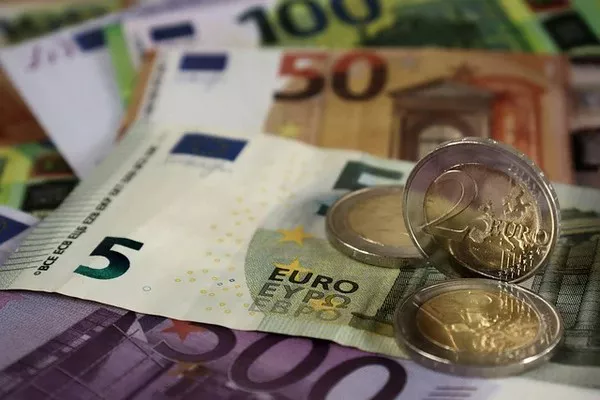The European Union (EU) operates one of the world’s largest budgets, funneling billions of euros each year into various programs and initiatives across its member states. The allocation of EU funds is a complex and dynamic process driven by multiple objectives, ranging from economic development and regional cohesion to research, innovation, and sustainability. In this article, we delve into the intricacies of EU budgetary allocations, exploring where the money comes from, how it is distributed, and the impact it has on member states and EU citizens.
The EU Budget: Sources and Allocation
The EU budget is primarily funded through contributions from member states, which are calculated based on their Gross National Income (GNI). Additional revenue sources include customs duties, value-added tax (VAT) payments, and contributions from other sources like fines and fees. The budget cycle spans seven years, known as the Multiannual Financial Framework (MFF), which sets out the spending priorities and caps for different policy areas.
Key Areas of Spending
Cohesion Policy: A significant portion of the EU budget is dedicated to cohesion policy, aimed at reducing disparities in wealth and development among regions. This includes funding for infrastructure projects, job creation initiatives, and investments in education and healthcare.
Common Agricultural Policy (CAP): Historically a major part of the EU budget, CAP supports farmers and rural development, ensuring food security, sustainable agriculture practices, and rural employment across member states.
Research and Innovation: EU funding promotes cutting-edge research and innovation through programs like Horizon Europe, fostering collaboration between scientists, universities, and businesses to address societal challenges and drive economic growth.
Migration and Security: The EU allocates funds to manage migration flows, enhance border security, and support asylum seekers, reflecting shared responsibilities among member states.
Climate Action and Environment: A growing share of the budget is directed towards climate action and environmental protection, supporting the transition to a carbon-neutral economy and conservation efforts.
Impact on Member States
EU funding plays a transformative role in member states, influencing economic development, social progress, and technological advancement. Here are some key impacts:
Infrastructure Development: EU funds finance major infrastructure projects such as roads, railways, and broadband networks, boosting connectivity and economic integration.
Employment and Social Inclusion: Investments in education, training, and social services enhance human capital, reduce unemployment, and alleviate poverty.
Research Excellence: European research grants facilitate breakthroughs in science and technology, driving innovation and strengthening competitiveness.
Environmental Sustainability: EU initiatives promote renewable energy, biodiversity conservation, and sustainable agriculture, aligning member states with global climate goals.
Transparency and Accountability
Efforts to ensure transparency and accountability in EU spending are ongoing. The European Court of Auditors audits EU finances annually to verify compliance and identify areas for improvement. Financial rules and regulations are designed to safeguard against fraud, waste, and mismanagement, although challenges persist in enforcement and oversight.
Challenges and Future Directions
Despite the positive impact of EU funding, challenges remain in optimizing its effectiveness and ensuring equitable distribution. Key issues include:
Complexity: The EU budget process is intricate, involving negotiations among member states, European institutions, and stakeholders. Simplifying procedures and enhancing coordination is essential.
Geopolitical Pressures: Changing geopolitical dynamics and global challenges necessitate adaptation of EU spending priorities to address emerging threats and opportunities.
Post-Pandemic Recovery: The COVID-19 pandemic highlighted the need for targeted support and resilience-building measures, prompting revisions to the EU budget framework.
Conclusion
The allocation of EU funds is a critical component of European integration, supporting economic prosperity, social cohesion, and global competitiveness. By investing in strategic priorities such as innovation, sustainability, and inclusion, the EU aims to create a more resilient and prosperous union. Transparency, accountability, and adaptability will be essential in shaping the future of EU spending, ensuring that resources are utilized effectively to benefit all EU citizens and member states alike.


